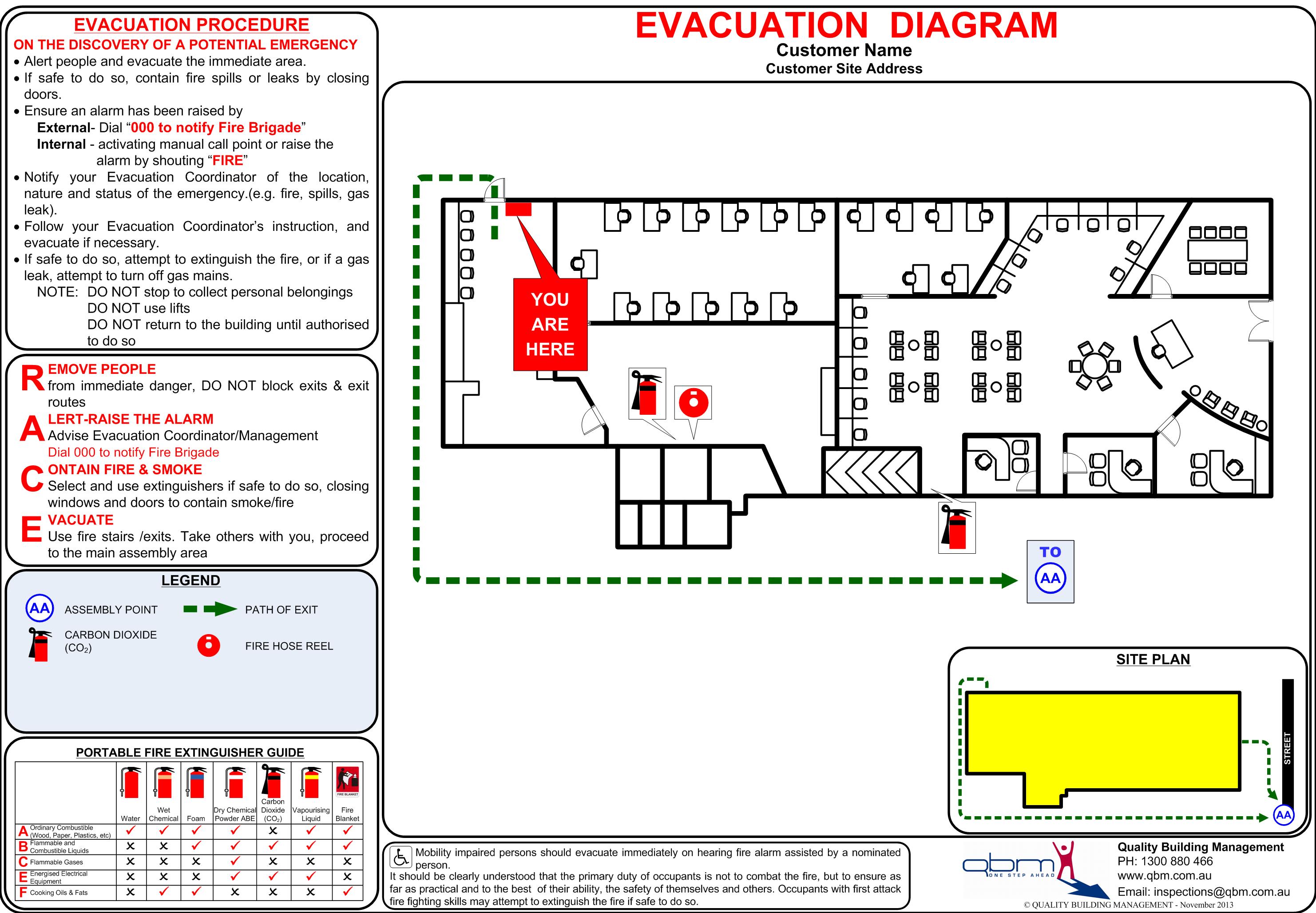"@context":"https://schema.org/","@type":"Store","name":"A5S LAUDOS E ENGENHARIA","image":["https://www.a5s.com.br/wp-content/uploads/2021/03/a5s-logo-secundaria.png"],"priceRange":"$","servesCuisine":"Brasil","telephone":"+5511987888954","address":"@type":"PostalAddress","streetAddress":"Avenida Dr. Guilherme Dumont Villares, 1136 – Morumbi","addressLocality":"São Paulo","addressRegion":"SP","postalCode":"05640-001","addressCountry":"BR"

This is a special case known as an built-in system, which is not mentioned here. The objective of passive protection is to buy time for the evacuation or relocation of occupants to a spot of relative safety. Additionally, it could also enable firefighters the time to successfully consider and handle an emergency earlier than conducting rescue and suppression operations. If you’re excited about having your business premises evaluated for fireplace security, contact us.
The key gamers engaged within the global passive hearth protection supplies industry are Lloyd, 3M, Sherwin-Williams Company, Hempel, Nullifire, Etex SA, Saint-Gobain, Siniat International, and Promat International. Passive Fire Protection (PFP) is a gaggle of systems designed to help prevent the spread of fire smoke. PFP gadgets contain the fireplace to its origin and cease it from spreading all through the building. Both are supposed to work collectively during a fireplace, but many are still confused about their variations. avcb como consultar concentrate on the containment of the hearth, which means there is less damage and fewer individuals affected.

Designing More Resilient, Safe Tunnels With Passive Fire Protection Strategies
“Structures with installations older than 10 years hardly ever have any firestop put in, and contain unprotected penetrations. A blended bag of contractors, service professionals, and installers working in your constructing all need to be educated, monitored, and held accountable,” he says. Systems are rated by the half-hour or hour (the “F” rating), by temperature (the “T” rating), and by smoke penetration (the “L” rating).

As PCI Promatec, we proceed to supply the unique formulations of products once supplied by Brand, Promatec, ICMS Techsil and Chemtrol. A hearth damper is used to forestall the fire from spreading to different spaces via air switch openings, ducts, and other penetrable areas of fire-rated structures. Meanwhile, a smoke damper controls and reduces the possibilities of smoke touring through ductwork or wall openings.
Flexible Fire Wrap Circuit Protection
There is fixed evolution in how the construction business has balanced energetic and passive hearth safety techniques in constructing design. Unfortunate hearth occasions that have brought on loss of life and property injury have led to the business to periodically rethink how buildings are constructed. This consists of how code requirements shall be modified and how \passive and active systems being installed in new building shall be designed. Different passive and active methods are often explored and/or criticized by sure industries based mostly on the necessity of the systems and the price impacts throughout construction versus the effectiveness of these techniques. The most important aim when installing passive fire protection systems at facilities like oil and gasoline refineries or LNG and petrochemical handling sites is to enhance life safety in addition to overall site security.
A Passive Fire Protection Plan starts with a transparent understanding of the authorized necessities. We continually monitor and analyse your native hearth safety laws and allow you to to put in writing your technical report with all the documents you have to comply. Passive Fire Protection Partners develops and manufactures firestop compounds that help protect life and property. Electricians, communications engineers, and plumbers can all leave unprotected penetrations in your fireplace limitations. “Workmanship, odd opening sizes, lacking caulk, spackled pipe penetrations, and top-of-wall conditions might all be indicators that firestopping has not been addressed,” says Sinisi, who adds that existing construction always offers a singular challenge.
What is passive and active fireplace protection?
But what do they mean? In simple terms, energetic fire protection entails detecting and stopping the hearth, whereas passive fireplace protection entails containing a hearth to prevent further spread. To have a profitable fire security system, you'll need each lively and passive fire methods working in tandem collectively.
